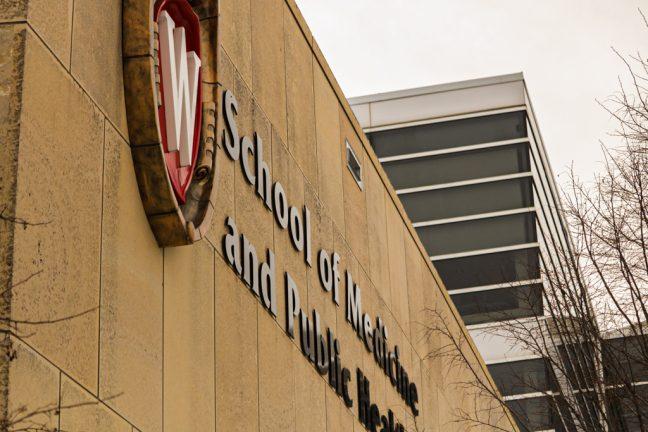An increase in the number of students from upper-income families attending top universities is raising concerns for higher education as the student population from middle-income brackets declines.
The Higher Education Research Institute reported that of 42 of the most elite state universities, including California, Colorado, Illinois, Michigan and New York, 40 percent of this year’s freshmen come from families making more than $100,000 a year, up eight percent since 1999. On a national level, only one-fifth of families take in that much revenue annually.
Economic diversity at selective state universities to the Ivy Leagues has gained attention similar to that of affirmative action and ethnic diversity.
Marilyn Rhodes, University of Wisconsin’s senior policy and planning analyst of Multicultural Affairs, said UW is concentrating on creating policy changes to accommodate low-income students.
“This issue has been placed on the front burner for the Board of Regents to discuss and find a solution to,” Rhodes said. “It’s troubling to think that students are denied access to schooling because of their financial situation.”
The UW Office of Policy Analysis and Research issued a report “Access to Higher Education by Income in Wisconsin” in May 2003, revised April 9, 2004. It highlighted the importance of educating Wisconsin residents in order to produce a more qualified workforce.
The report compared the decline in Wisconsin high school graduates attending UW System universities. Sixty-four percent of UW high schoolers went on to attend a UW System college in 1992, compared to 57 percent in 2000.
In 2000, only about 13 percent were from the lower quintile.
According to Dr. Alberto Cabrera, professor in the School of Education, Wisconsin has been aware of the changes in economic composition of its students to a more wealthy demographic.
“We’ve known about this for the past two to three years”, Cabrera said. “From 1992 to 2004, you will find that the number of part-time students and commuters are steadily declining.”
Last year, University of Michigan made the addition to their application to disclose family annual income and whether their grandparents attended college.
Their intent by requesting this personal information is to recognize applicants who are qualified but did not have the economical advantages other students did. Currently, University of Wisconsin’s application does not request this information.
“I don’t think it is appropriate to ask parents’ income on a college application,” UW junior Kendra Correa-Brady said. “I think that they should just make adjustments to financial-aid forms instead of to the actual application.”
A survey of Michigan students this year revealed that more incoming students’ parents make $200,000 and above annually than parents making below the national median salary of $53,000. In addition, it is reported that the most selective private colleges harbor more students that have fathers as doctors than blue-collar workers.
Recent policy changes at the University of Maryland gives scholarships to students from families with a less than $21,000-a-year salary, instead of applying for loans. Harvard, the University of North Carolina and the University of Virginia all are following suit with such policies. Also, Stanford and Yale have reformed their early-admission programs to not avoid bias in financial-aid offers.
Education policy expert Edward St. John of Indiana University’s School of Education in Bloomington wrote the book “Refinancing the College Dream,” which examines the decrease in equity in higher education for low-income students in the past 30 years due to limited federal grants and tax credits.
Though statistics show more students are going on to college than ever before, the concern is rooted in the fact some students from low-income families do not have the means to pursue an accredited university. States with budgetary constraints which cannot financially support public universities must increase tuition, further discouraging disadvantaged students from applying.
St. John offered alternatives to increase equity among students from diverse economic backgrounds.
“It is apparent to me that policy makers should refocus the debate over the public financing of higher education from taxpayer costs to principles of social responsibility and justice, along with economic theories of human capital,” St. John said in a release. “Improved coordination between state and federal agencies, expanded use of loans and better targeting of grant aid will maximize access for low-income students while minimizing increases in taxes.”












